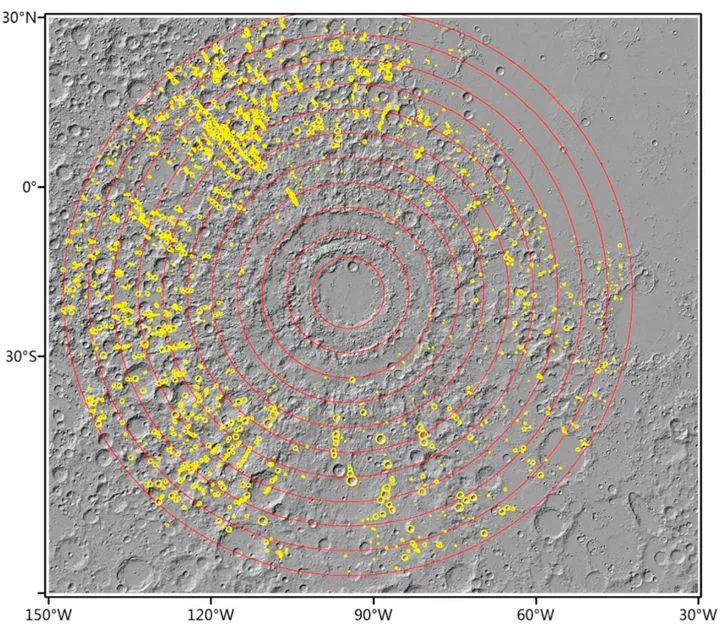Impact Cratering in and around the Orientale Basin: Results from Recent High-Resolution Remote Sensing Datasets

Abstract
Impact craters are the predominant geological features on the lunar surface. Data about the craters are crucial for inferring information about surface age, the generation processes of the geological units, and the sequences of geological events. The higher-resolution remote sensing datasets collected by recent lunar missions enable the investigation of impact craters of smaller size and provide more accurate information. This paper presents an investigation of the distribution and population characteristics of impact craters in and around the Orientale Basin based on high-resolution datasets. First, an update to the crater catalogue for the Orientale Basin and its surrounding area is provided, including craters as small as 1 km in diameter. Based on the updated crater catalogue, the crater densities and depth-to-diameter ratios in and around the Orientale Basin are investigated. The inclusion of small craters enables a crater density map with higher resolution, revealing a significantly higher crater density of the study area. Also, the surface age of Orientale Basin is estimated from the size– frequency distribution (SFD) using the new crater catalogue, showing an age of 3.75 Ga using the production function of Neukum et al. (2001), which is in good agreement with previous studies. Finally, distribution patterns of secondary craters around the Orientale Basin are investigated, indicating the Orientale Basin may be caused by an oblique impact with a downrange direction of about 235°– 260° and an offset strength towards the direction of about 305°– 350°.
Publication
Icarus